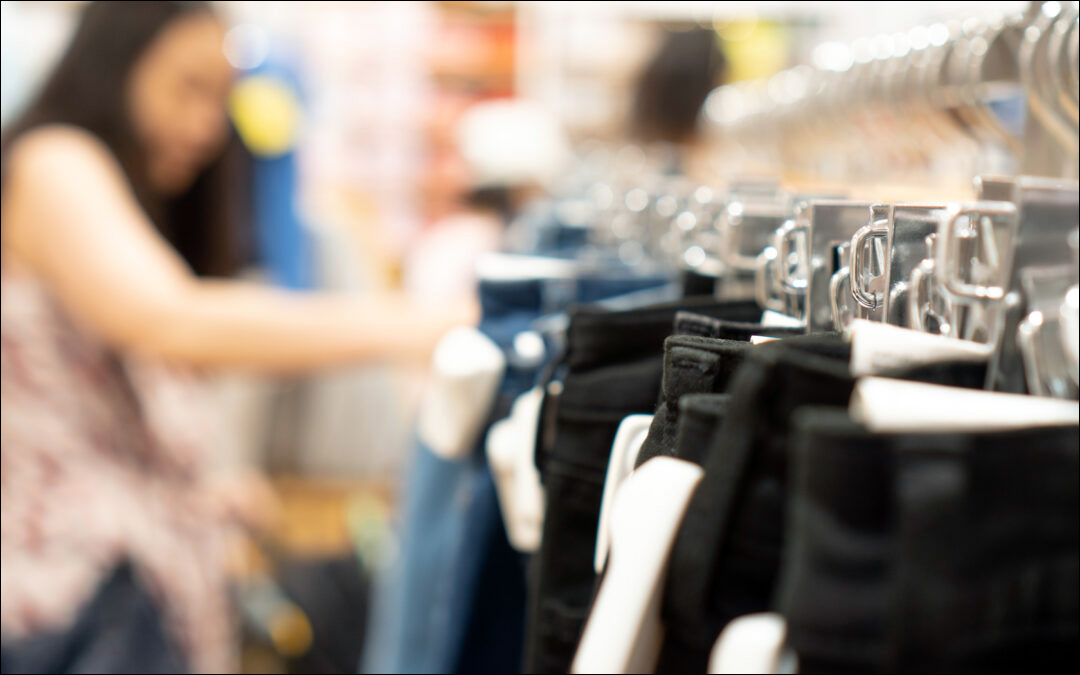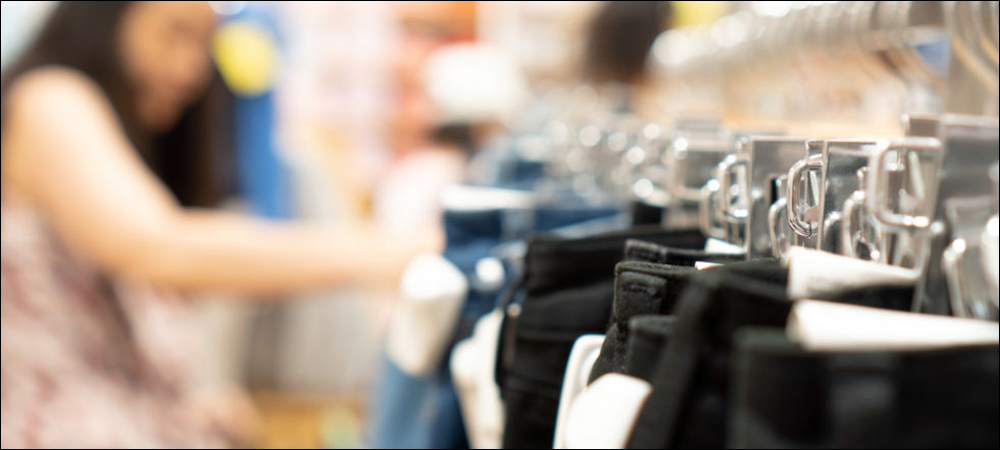Ed. Note: This post originally appeared at the blog of RFID Journal LIVE!, the world’s largest conference and exhibition focused on RFID and related technologies.
Throughout its rich history, radio frequency identification (RFID) technology has been ever-evolving. Recent pressure on supply chains has made many retailers revisit the idea of implementing an RFID solution. They’re leaning into the technology to help improve operations and reduce the burden on staff. During the last 20 years, RFID technology has matured to the point that it can help most organizations optimize their business models.
RFID in retail environments saw early adoption, with Walmart implementing the technology for item-level identification years ago (the company has since halted such efforts). Since then, other retailers have embraced RFID as irreplaceable for supply chain tracking, stock management, inventory control and retail sales management. Advances in supporting technologies like the Internet of Things (IoT), big data, and artificial intelligence are giving RFID new life and helping to redefine what’s possible in the retail space.

Even before the COVID-19 pandemic, the global RFID market was set to grow by more than 10% CAGR during the next five years. Analysts revised their projections last year, but the RFID industry is still expected to see an average growth of more than 6% annually until 2025.
Latest RFID in Retail Trends for 2021
RFID and its associated technologies, such as Near Field Communication (NFC) and Bluetooth Low Energy (BLE), are reshaping the retail landscape across the entire lifecycle. With logistics, distribution, stock placement and fulfillment already finding ways to improve processes using RFID, the increased adoption continues to lead to innovations.
Current statistics support this assertion. According to GS1, 47% of the items received by retailers carry RFID tags and 57% of retailers are now implementing the technology. With the additional insights into every element of retail operations, brick-and-mortar shops are looking to level the playing field against online competitors and are using RFID to enable their own ecommerce presence.
Although each business case varies, the latest trends continue to improve on existing efficiencies with reduced costs, easier integration and hybrid implementations. Here are some of the latest trends for RFID in retail that will shape 2021.
Introducing RFIQ for Retailers
Marshall Kay introduced a new concept for retailers in a recent Forbes article. RFIQ, according to Kay, allows companies to learn their RFID intelligence and understand where there are opportunities to improve. Although Kay readily admits he does not yet have a standardized test, some questions can help retailers uncover additional value from their RFID operations. Questions include: What is RFID and how does it benefit consumers? Which companies use RFID, and how does it help them? Why do competitors view RFID as essential, and where do they apply it?
The idea is that some organizations matured with the technology and today are benefiting from a higher intelligence in its use and application. For anyone looking to catch up, the learning curve may be steep but not insurmountable. Moreover, newcomers to RFID will have the benefit of learning from those that already paved the way and are utilizing the technologies it spawned.
RFID Is Bridging the Online and Physical Gaps in Retail
The RAIN RFID Alliance promotes the use and standardization of ultrahigh-frequency (UHF) RFID solutions. RFID doesn’t just push for adoption and standardization—it also focuses on finding new and innovative applications for the technology. One way to achieve this is to educate retailers about how large-scale adoption may be cost-prohibitive and complex.
Instead, the Alliance advises that companies focus on elements like targeted accuracy, real-time visibility, omnichannel capabilities and securing inventory. With RFID, retailers can automate their inventory data and improve accuracy by 30%, while reducing out-of-stock situations by 50%. By streamlining the entire lifecycle of operations one step at a time, retailers can maximize their ROI and ensure a smooth RFID rollout throughout their organization.
Combining Item-Level RFID with 2D Barcodes
Many retailers remain locked into their legacy systems. Everything from their financial to material management systems took years to integrate with 2D barcode solutions. What last year showed us is that these technologies remain entrenched in the retail sector. Even if their inventory management did take more time, swapping out one system for another simply isn’t feasible.
The answer to this question now seems to be to adopt the newer GS1 standards for both technologies, allowing companies to combine and integrate new RFID systems with legacy applications. For organizations that require stock accuracy, a local RFID system that integrates with national inventory can help increase efficiencies drastically. In some pilot projects, companies were able to cut costs in half by implementing RFID with their 2D barcode systems.
RFID and Big-Data Analytics
Big-data analytics is now a mature and intelligent technology that helps to improve business operations. The benefit of having a relationship between RFID and big data is easy to understand: better data equals better analytics. By gaining an overview of all operations, from source to fulfillment center, analysts can use this information to streamline routes, optimize inventory and predict demand for specific products.
The better connected the physical retail world becomes to the digital systems that manage them, the more efficiently a retailer can operate. The rapid development of information and communication technology, as well as improvements in RFID scanning and transmitting systems, means any organization can implement a solution that will help it increase efficiencies quickly.
Register for RFID Journal LIVE! 2021. To find out more about what the future of RFID in retail holds, join us for RFID Journal LIVE! and attend our retail track. Register to join us here.


